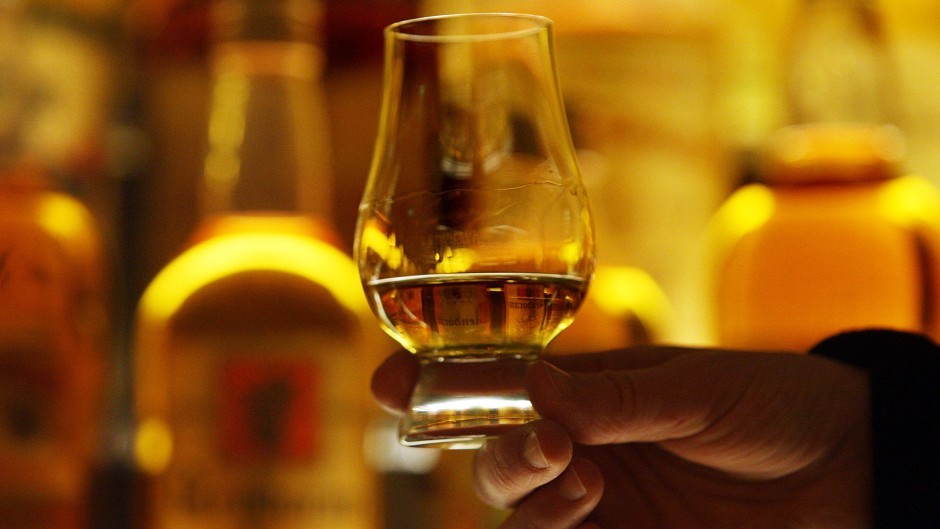Scotch whisky lovers in 17 African nations will have more certainty that they are drinking the genuine product after a successful move to give it better legal protection.
The spirit has been registered as having geographical indication (GI) status, guaranteeing it is produced in Scotland in accordance with UK law, in member countries of the Organisation Africaine de la Propriete Intellectuelle (Oapi).
It is being hailed as a major coup for Scotland’s national tipple, with the Scotch Whisky Association (SWA) seeing tremendous potential for sales across Africa as economies develop and become more urbanised.
Cameroon-headquartered Oapi manages intellectual property rights across countries making up more than one-fifth of the total geographical area of Africa.
Together, the 17 nations have a population of more than 150million people.
The latest GI protection for Scotch – believed to be the first legal protection of its kind for any spirit in Oapi territories – helps to combat fakes and comes just a few months after Botswana became the first African country to grant the status.
Andrew Swift, legal counsel with the SWA, said: “This is a significant step forward in the protection of Scotch whisky.
“Oapi covers a vast area, with a growing population. Demand for Scotch from countries in Oapi is growing. Between 2005 and 2014, Scotch exports to all Oapi countries increased by 275% to £13.6million, from just under £5million.
“Geographical indication status is of great value to the Scotch whisky industry and ensures we have the tools we need to protect consumers and stop unfair competition.”
The application was submitted by the SWA in January 2014, with the support of the British High Commission.
The British High Commissioner to Cameroon, Brian Olley, attended the GI signing ceremony at Oapi’s headquarters.
Mr Olley said: “This is an historic moment and a practical step forward in providing protection to guard against improper use of the name Scotch whisky.
“I am delighted that the British High Commission has been able to play a part in contributing to this important progress in protecting consumers in Africa.”
Oapi’s membership comprises Benin, Burkina Faso, Cameroon, Central African Republic, Chad, Cote d’Ivoire, Comoros, Equatorial Guinea, Gabon, Guinea, Guinea-Bissau, Mali, Mauritania, Niger, Republic of Congo, Senegal and Togo.
Scotch is now officially recognised in the laws of nearly 100 countries, including the whole of the European Union.
